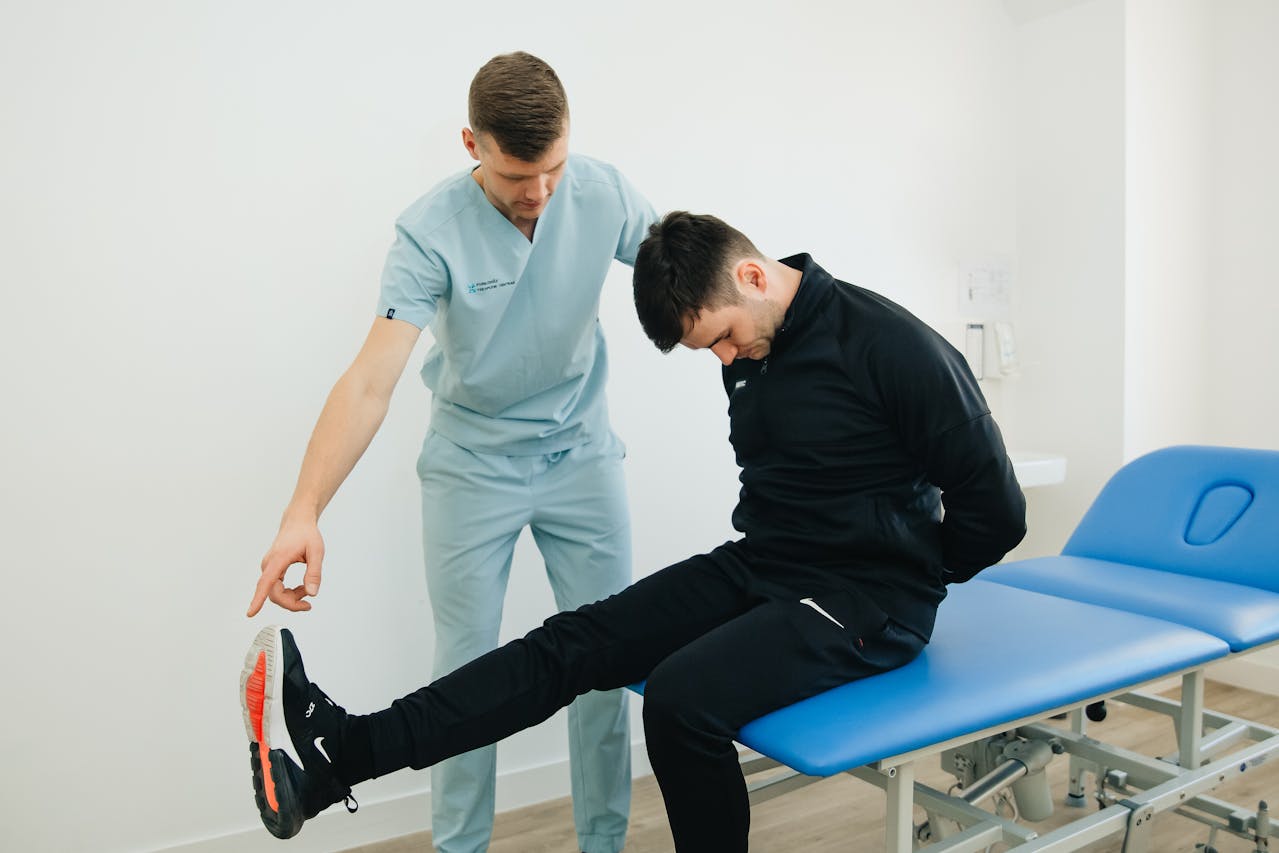 Pregnancy is an exciting time for mothers-to-be. With the excitement comes some questions and concerns. Will the baby be healthy? How will being pregnant change your body? Will labor and delivery be difficult? But there are other lesser known issues that expecting mothers should be aware of, including the very real and serious issue of healthy blood circulation and the risk of blood clots during pregnancy.
Pregnancy is an exciting time for mothers-to-be. With the excitement comes some questions and concerns. Will the baby be healthy? How will being pregnant change your body? Will labor and delivery be difficult? But there are other lesser known issues that expecting mothers should be aware of, including the very real and serious issue of healthy blood circulation and the risk of blood clots during pregnancy.
This article will discuss DVT in pregnancy.
- Can Pregnancy Cause Blood Clots?
- How to Prevent Blood Clots During Pregnancy
- Symptoms of a Blood Clot in the Legs During Pregnancy/DVT
- Symptoms of a Blood Clot in the Lungs During Pregnancy/PE
- Treatment for Blood Clots During Pregnancy
- Safe Leg Exercises During Pregnancy
- Safe Exercises During Pregnancy: First Trimester
- Safe Exercises During Pregnancy: Second Trimester
- Safe Exercises During Pregnancy: Third Trimester
Can Pregnancy Cause Blood Clots?
Blood clots, also known as deep vein thrombosis or DVT, result from blood thickens forming a clot in a blood vessel and can be life threatening. Otherwise healthy adult women are at a greater risk for blood clots during pregnancy. As the body experiences hormonal changes during pregnancy, the blood clots more easily to lessen the risk of blood loss. Later in pregnancy, the circulation in your legs and pelvis is impeded, due to the pressure the baby is putting on the blood vessels, which is another factor that increases your risk for blood clots.
How To Prevent Blood Clots During Pregnancy
While there is no way to totally eliminate the risks of blood clots, even if you are not pregnant, there are things you can do to prevent blood clots. First, keep active. Women who are sedentary are at an increased risk of blood clots. One of the best ways to lower your risk during pregnancy is to exercise regularly. In addition, avoid long periods of sitting. See our recent article about Flying While Pregnant and How t to Avoid Blood Clots for more information.
Maintaining a healthy weight is another way to lower your risk for blood clots. Pregnant women who are overweight are at a higher risk, so make healthy food choices and keep yourself in shape.
Drink plenty of water. When you’re dehydrated, your blood is thicker. If you keep yourself hydrated (and avoid beverages that increase dehydration such as sodas and coffee), your blood will be thinner, lowering your risk of blood clots.
Lastly, all expectant mothers should wear compression stockings. They are designed to improve the circulation in your legs and reduce the pooling of blood in your legs and swelling. Both of these benefits can help prevent blood clots.


 Most blood clots DVT’s have no symptoms. That’s why it is important to take preventative measures. However, if you have any of these symptoms, contact your doctor right away:
Most blood clots DVT’s have no symptoms. That’s why it is important to take preventative measures. However, if you have any of these symptoms, contact your doctor right away:






